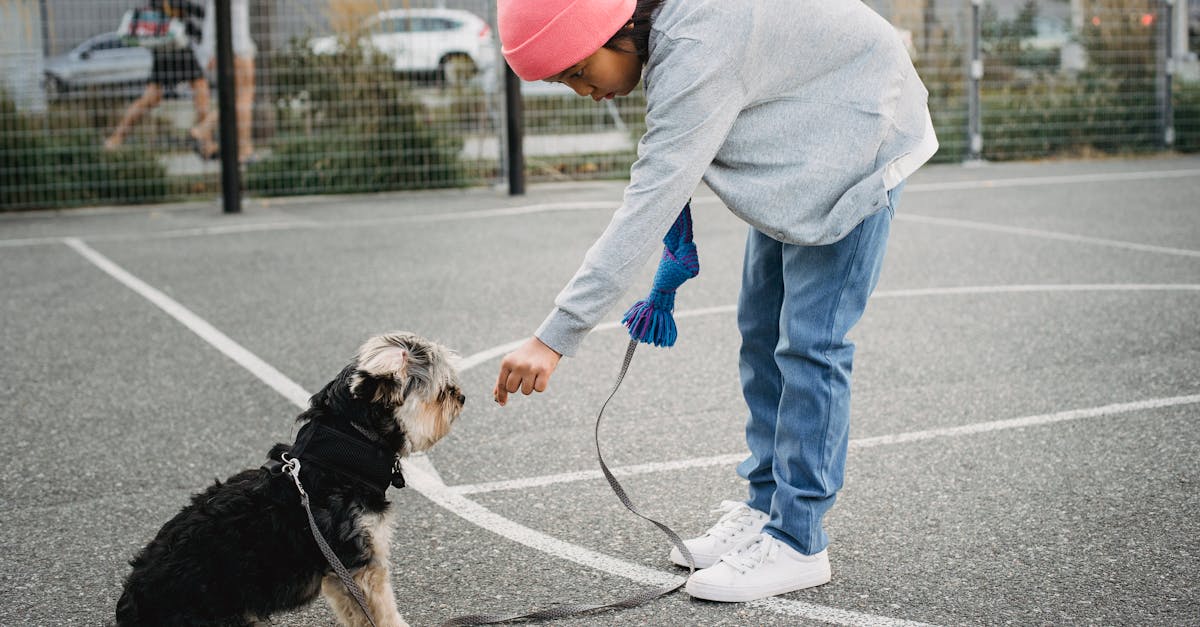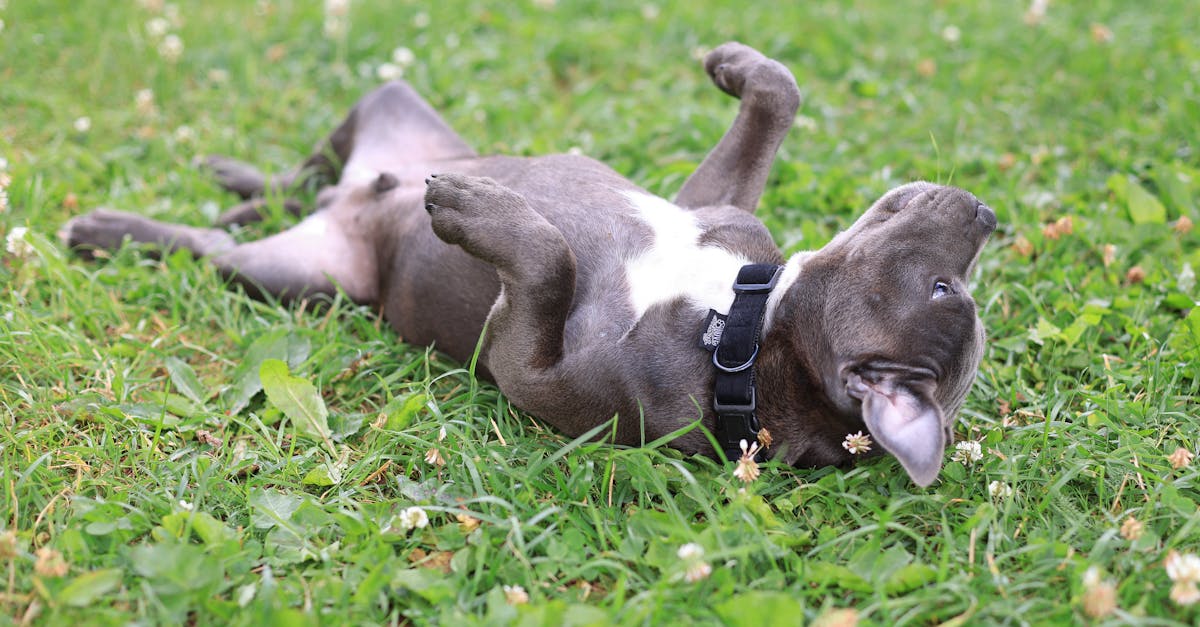
Introduction
Welcoming a new dog into your home can be an exciting yet challenging experience. Proper training is essential for ensuring a harmonious relationship between you and your canine companion. From understanding basic commands to shaping complex behaviors, dog training involves patience, consistency, and effective communication. By equipping yourself with the right techniques, you can help your dog become a well-mannered and obedient member of the family. In this article, we will explore various aspects of dog training, offering guidance to dog owners of all experience levels. Our goal is to provide you with the knowledge needed to train your dog successfully and enjoyably.
Understanding Your Dog's Behavior
Before beginning training, it's important to grasp the basics of canine behavior. Dogs are social animals that rely on communication and structure. By observing your dog's body language, you can better understand what they are communicating. Signs such as tail wagging, ear positions, and vocalizations give clues to their emotions. Recognizing these signals will not only improve your training sessions but also strengthen your bond with your dog. Additionally, understanding your dog's breed characteristics can help tailor your training approach, as different breeds have varying energy levels and instincts.
Establishing Training Goals
Setting clear training goals lays the foundation for a successful learning journey. Begin by identifying which behaviors you want to encourage and which ones you wish to curtail. Common goals include teaching basic commands, such as sit, stay, and come. Advanced training might involve trick training, agility training, or addressing behavioral issues like jumping or excessive barking. Prioritizing goals and developing a structured training plan will keep you focused and ensure that both you and your dog stay on track.
Positive Reinforcement Techniques
One of the most effective methods of dog training is positive reinforcement. This involves rewarding desirable behaviors with treats, praise, or playtime. Positive reinforcement fosters a positive learning environment, encouraging your dog to repeat good behavior. Timing is critical; rewards should be given immediately after the desired action to reinforce understanding. Consistency in using cues and rewards is crucial for the success of this method. Positive reinforcement not only helps in teaching commands but also strengthens your bond with your dog.
Teaching Basic Commands
Teaching basic commands is an essential part of dog training that enhances communication and ensures safety. Start with foundational commands like 'sit,' 'stay,' and 'come,' using clear verbal cues and hand signals. Practicing these commands at home and during walks can help your dog generalize behavior to different contexts. Patience is key; new commands should be introduced gradually and practiced regularly for effective retention. As your dog's understanding grows, increase the difficulty by adding distractions to better prepare them for real-world scenarios.
Addressing Behavioral Issues
Addressing behavioral issues is often a priority for many dog owners. Common challenges include jumping on people, leash pulling, and separation anxiety. To effectively tackle these issues, identify the root cause and tailor your approach. For instance, ignoring your dog when they jump and rewarding them when all paws are on the ground can reduce this behavior. Consistency is essential, as mixed messages can confuse your dog. Remember that patience and persistence are vital; behavioral changes often take time to fully manifest.
Combining Training with Exercise
Beyond training, regular exercise is crucial to a dog's well-being and can complement training efforts. Physical activities channel excess energy, reducing the likelihood of destructive behavior. Incorporating playtime, hikes, and off-leash activities into your routine can assist in developing stronger focus and obedience. Exercise and training should be engaging and mentally stimulating, preventing boredom and fostering a positive relationship. Exploring activities such as agility training or puzzle toys can provide both physical and mental stimulation, keeping your dog healthy and happy.
Using Consistency and Patience
Consistency and patience are two pillars of successful dog training. Set clear expectations and maintain a consistent routine around training sessions. Use the same cues and rewards for each behavior to reinforce learning. Changes in voice tone, inconsistent rules, or erratic schedules can confuse your dog and slow progress. Be patient; every dog learns at their own pace, and setbacks are a natural part of the process. Adapting training techniques to suit your dog's individual needs will build trust and support their growth.
Advanced Training Techniques
Once basic training is mastered, consider advancing to more complex behaviors and skills. Training for advanced tricks, therapy dog certification, or specialized roles like search and rescue are options for those interested in further challenges. These activities can provide mental stimulation and deepen the bond between you and your dog. Consider seeking professional guidance if pursuing advanced training, as these skills often require specialized knowledge. Every new undertaking presents a new opportunity for growth, encouraging both you and your dog to continue learning together.
Summary
Training your dog is a rewarding journey that requires understanding, patience, and commitment. By utilizing positive reinforcement, you can effectively teach your dog essential and advanced commands. Addressing behavioral issues and incorporating consistent routines fosters a positive learning environment. Through patience and ongoing practice, you can build a strong bond and promote your dog's overall well-being. These efforts will transform your pup into a well-behaved and happy member of your family.